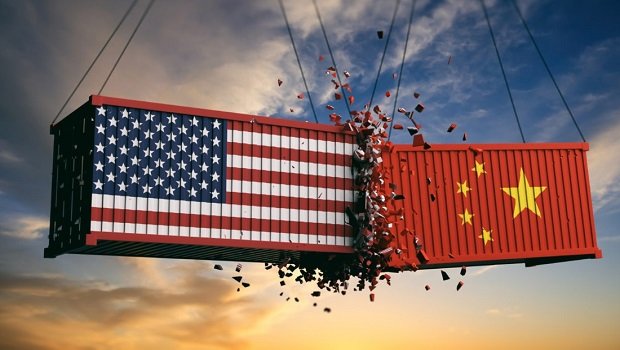There are few positions more uncomfortable nowadays than being an American company reliant on China. But reconfiguring supply chains is far from easy.
The big picture: A recent McKinsey report showed almost all industries at risk of supply-chain disruption. The exceptions are largely regional industries like glass, cement, and food.
Driving the news: The high-stakes negotiations over the fate of TikTok could yet fall apart, should China decide to bar valuable Chinese intellectual property from being used by an American company.
More important Chinese exports, especially pharmaceuticals, are also at risk. Chinese state-run Xinhua News Agency ran an op-ed in March calling for “strategic restrictions on the export of medical products to the U.S.”
Such restrictions could have savage consequences, given that China manufactures about 70% of the acetaminophen used in the U.S.; makes about 80% of the world’s heparin, an anticoagulant; and has a similar monopoly on the manufacture of antibiotics.
By the numbers: The report found 180 separate products for which one country — often China — accounts for more than 70% of the global export market. Many of those products are chemicals and pharmaceuticals.
Supply-chain disruptions will cost the average company about half a year’s profit every decade, estimates McKinsey. If competitors can take advantage of the disruption to gain market share, then potential losses grow even larger.
Be smart: While politicians in all countries tend to love the idea that the solution to this problem lies in increasing domestic production, the fact is that such relocations are often impossible in practice, especially where entire industries, with specialization and economies of scale, are found in specific markets.
What they’re saying: “Multinationals with production facilities in countries such as China,” says the McKinsey report, “are typically there to serve local consumer markets, whether or not they also export from those places. As prosperity rises in these countries, they are key sources of global growth that companies will continue to pursue.”
The bottom line: U.S. companies can make investments to become more robust and resilient to shocks.
Nevertheless, between climate change and growing nationalism, it’s reasonable to expect such shocks will become an increasingly frequent and disruptive part of the business cycle in just about every industry.
Business has entered its next evolution — the can’t lose market — but only for large companies with access to public markets.
The state of play: Companies with enough size are starting to take advantage of the moment, and backed by a seemingly endless supply of free Fed money can go all-in on whatever they want.













